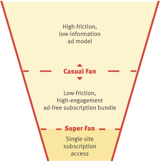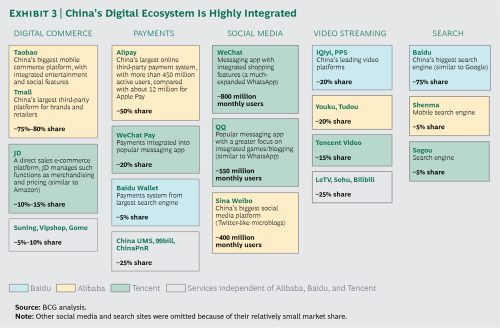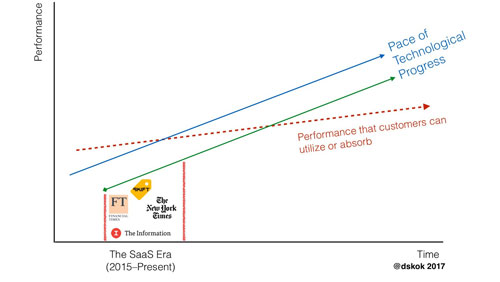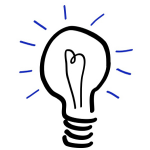iPhone health-computing hub
CB Insights found a new Apple patent for an “Electronic Device That Computes Health Data”. The examples use an iPhone, but the patent covers any computing device with “a camera, an ambient light sensor, and a proximity sensor”. This covers Apple’s current main products, and will certainly cover future versions of some of their wearable products.

Needless to say, a combination of integrated Apple devices computing health data in concert, in addition to communicating with third party devices and apps, is a powerfully flexible hub environment. This model plays to Apples strengths, is applicable to other IoT applications, and suggestive of future strategy.
When Apple launched the watch I argued that the watch was meant to be a general-purpose computing device, and as such the most likely successor to the iPhone, and that health would be a focus because “fitness is a great way to enter into the much larger healthcare opportunity, which in turn provides an environment to learn about new user experience
technology and the complex device integration and data sharing necessary for it, and other complicated applications of general purpose computing.” The other candidate is glasses, but we’ll see. In any case, the devices will be working together.
In the meantime check out this patent. Read More
Health care – it’s about the data
Health care data includes much more than individual and aggregate tracking. How the data is analyzed, used, and shared, by patients, providers, and payers provides an even larger opportunity to improve care and reduce costs. In spite of the challenges caused by proprietary health data systems — which still seriously need to be dealt with — there is some encouraging activity. For couple of examples Read More here, and here
Apple signals it’s willing to let next-gen web apps compete with iOS apps
Translation: Apple is adding support for “Service Workers” to WebKit, which means that Safari will be able to support Progressive Web Apps (PWAs). PWAs, developed by Google engineers to allow mobile web apps to better compete with native apps are supported by Google, Mozilla, Opera, and Microsoft browsers and appear to be a hit with developers. This support is obviously important for both Apple customers and the open web. Read More
Introducing the news business’ first “initial coin offering”: Ethereum to the rescue?
Blockchain, in the abstract, can do for content supply systems what it is touted to do best: speed up supply chains. By making more transparent all the steps with the content origination, permissioning, pricing and billing reuse chain, it presumably may speed the business of syndication sales. Read More
“Get Started” stops users
Get Started buttons and other ambiguous calls-to-action can degrade the user experience and should be avoided… This button is often the most prominent and enticing call-to-action on the homepage, and can appear to be the right path for nearly every activity a user is looking to complete… But when this button lands naïve users into a complex flow instead of providing them with the basic information they expected, people lose trust and become annoyed with the site. Read More
Also…
Origin is critical context… Distributed and syndicated content: what’s wrong with this picture? via W3C.org
In three weeks Amazon’s 1-click Patent is Expiring via the Hustle
In 2017, the one thing every digital-native news outlet needs is a newsletter (not an app) via NiemanLab
Is it really either/or?… Personas vs. Jobs-to-Be-Done via Nielsen Norman
Fun… Hill for the data scientist: an xkcd story via livefreeordichotomize
The Gilbane Digital Content Conference
The Gilbane Digital Content Conference is focused on content and digital experience technologies and strategies for marketing, publishing, and the workplace.
Conference: November 28–29
Workshops: November 30
Renaissance Boston Waterfront Hotel
Frank Gilbane’s Gilbane Advisor curates content for content, computing, and digital experience professionals. More or less twice a month. See all issues





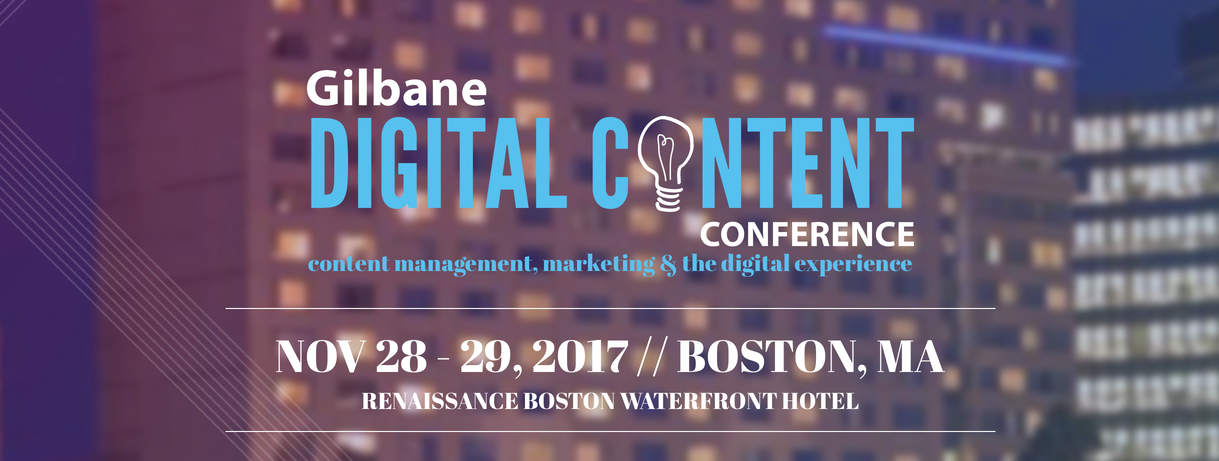

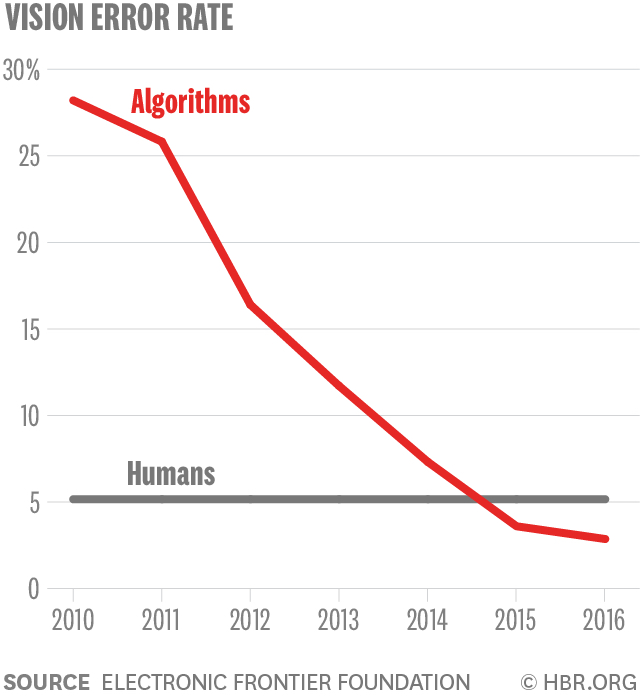 MIT’s Erik Brynjolfsson and Andrew McAfee have written what may be the best current article for executives on what AI can, and cannot, do for organizations.
MIT’s Erik Brynjolfsson and Andrew McAfee have written what may be the best current article for executives on what AI can, and cannot, do for organizations. 